History of Elkstones
As is so often the case with small villages, records are sketchy and open to interpretation. However, a picture has been put together from documents held in the National Archives, from accounts of travellers and writers and also from more recent documents relating to the church, school and local industries.
There is evidence of very early habitation to the south west of Upper Elkstone as described by Thomas Bateman in “Ten Years Digging in Celtic and Saxon Grave Hills 1848 – 1858”. It seems that two barrows on the top of the hill, dating back to around 3000 BCE were opened in 1850 by Samuel Carrington of Wetton revealing three skeletons and a skull. The skeletons were surrounded by bronze and flint tools, animal teeth, tusks, bones and an ornamental vase and what was probably a rubbing post for cattle.
These were not the first findings in Elkstones. Before 1686, arrow heads and burial grounds had been found in Upper Elkstone according to Dr Robert Plot and much later, in 1970, Hugh Barker found an arrow head in his garden at Rose Cottage which was authenticated by the British Museum as Neolithic.
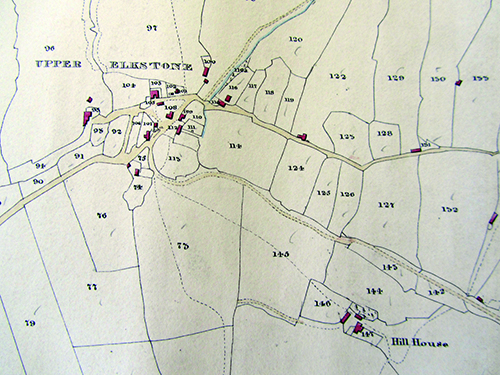
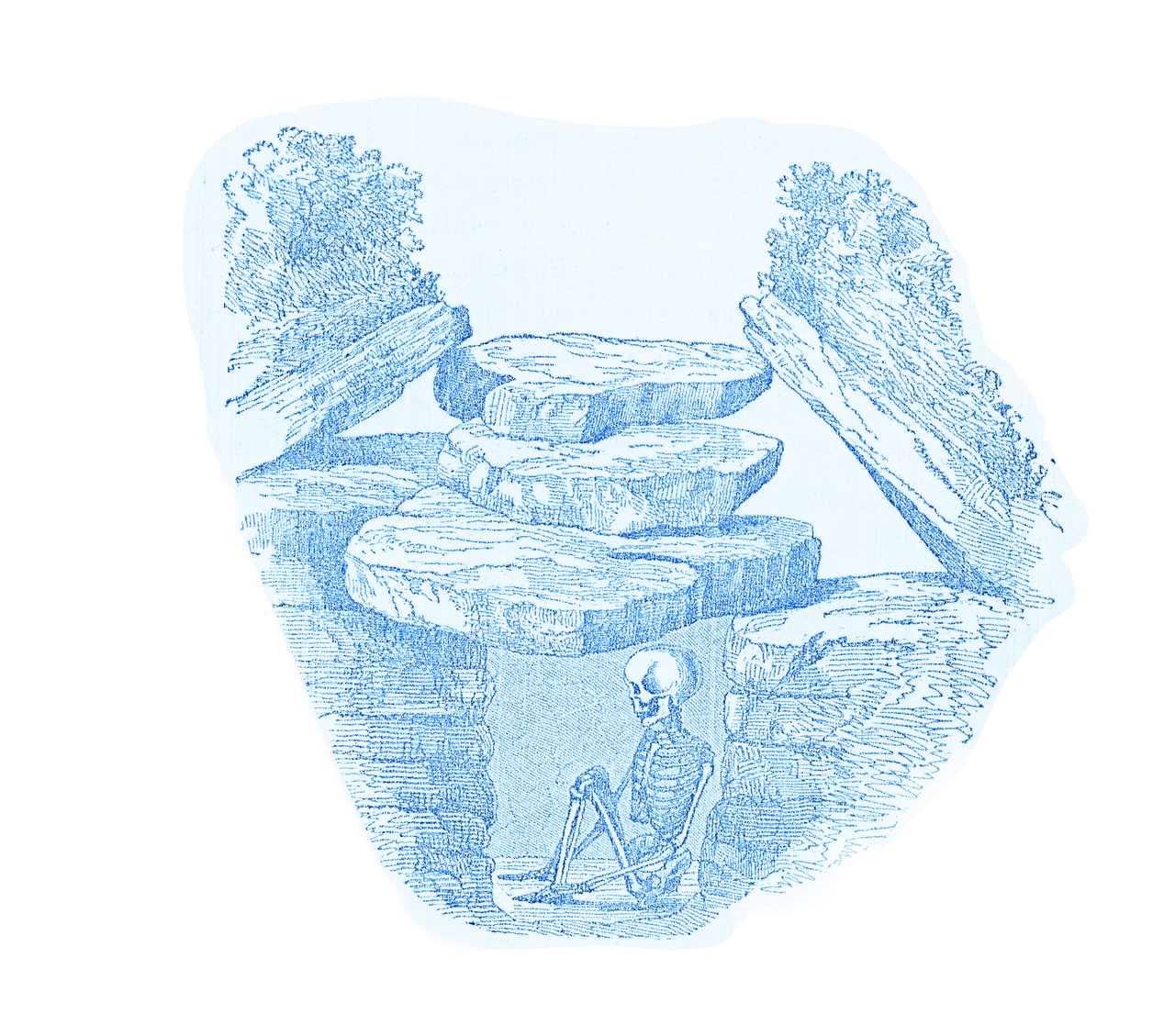
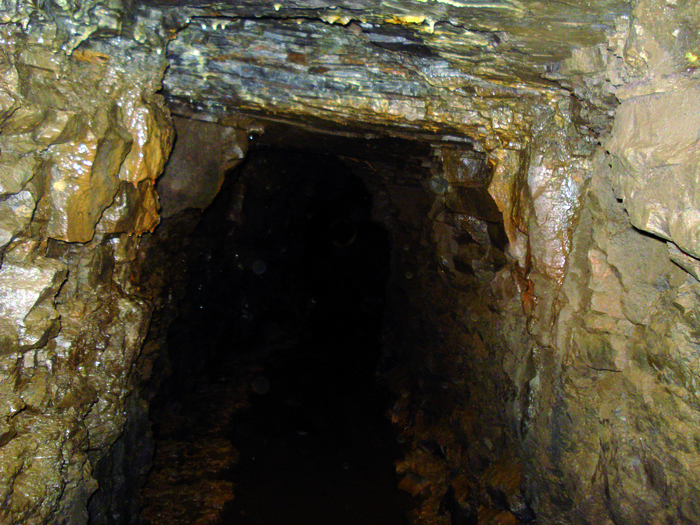
Elkstones once belonged to Trentham Priory, having been gifted in 1215 by Geoffrey Griffin who intended his body to be buried there. In 1253 there began a long battle for ownership of the manor to be returned to local families, with the village being divided into five parts among the heirs of Adam of Elkstone. By the fifteenth century the priory had regained possession and was holding manor courts in the village until the dissolution of the monasteries by Henry VIII in 1537. So began a new succession of private ownership including the Crewe and Harper estate and the Duke of Devonshire. Numerous tenants were affected by the Enclosure Act of 1822 which took away the common people’s rights to grazing on the common. Most land and houses were occupied by tenants until well into the twentieth century, though today property is largely in the hands of private owners.
Early maps by Speed (1660), Brown (1682), Morden, Sager and Bennet (1777) show the development of a farming community including a chapel, on which site St John’s Church built in the 1780s still stands. At about that time the population began to increase as a result of the copper, lead and coal mines, the last of which closed in 1862. Inevitably an inn was built to refresh the thirsty miners by the beginning of C19th and subsequently a Primitive Methodist chapel to curb their unruly behaviour!
Amazingly, mains electricity and piped water did not arrive in Elkstones until the 1960s and until very recently, some houses away from the nucleus of the village, relied on gas canisters, open fires and oil for cooking, heating and light. Even today there is no mains gas in the village and broadband internet connection is only supplied as a result of two enterprising village businesses.
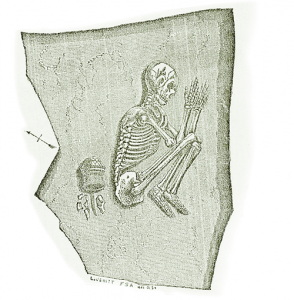
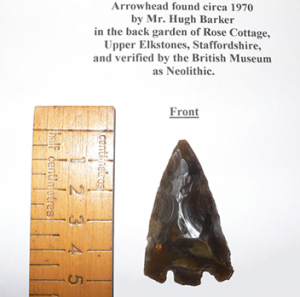
For more information about the history of Elkstones see the two books written and compiled by local residents, the Village Archives, along with the following sources:
British History On-Line
Friends of Staffordshire & Stoke-on-Trent Newsletter, Summer 2015
Sampson Erdeswicke: Survey of Staffordshire 1593-1603
Peak District Mines Historical Society: Mining History Bulletin, Vol 6, No.4, Winter 2006 – article by Len Kirkham
William Pitt: A Topographical History of Staffordshire, 1817
Lindsey Porter & John Robey: The Copper and Lead Mines around the Manifold Valley, 2000
W.H. Simcock: Primitive Methodism in the Moorlands, 1970 www.rewlach.org.uk
Julie Summers: When the Children Came Home, 2011
